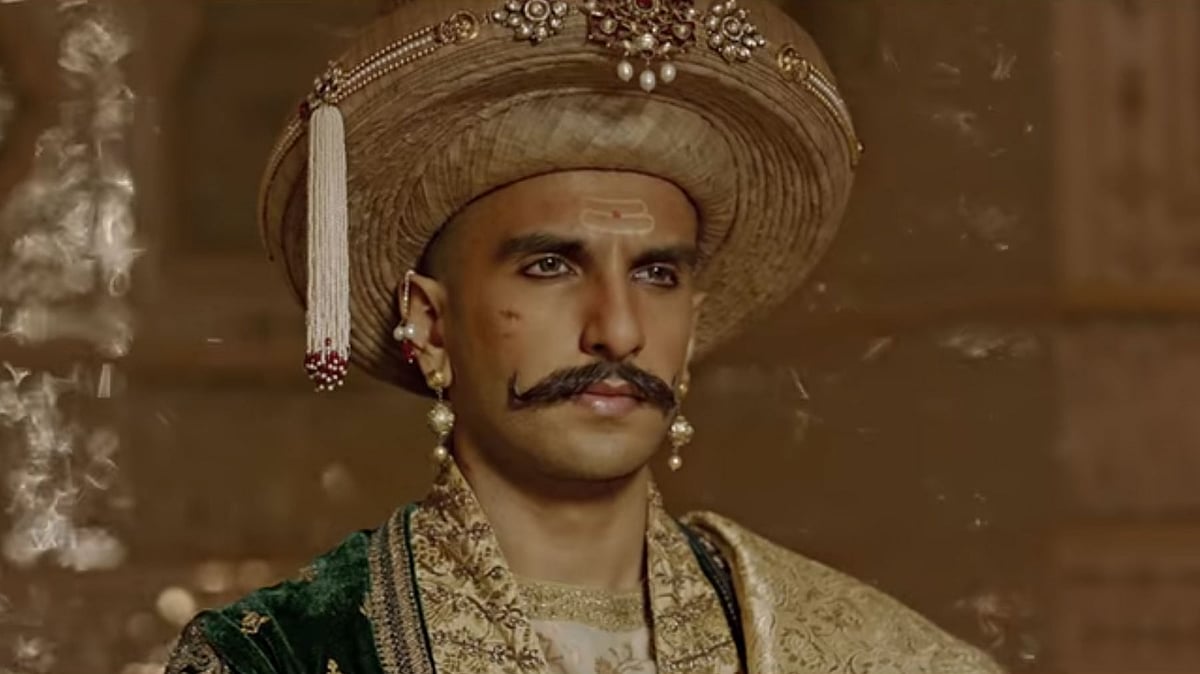Beyond Bajirao: Maharashtra’s Bitter-Sweet Makar Sankranti History
Makar Sankranti is a bitter-sweet festival for Maharashtrians; it was the day the Marathas tasted bitter defeat.

advertisement
Now that Bajirao Mastani has introduced you to Maratha history, let me tell you why Makar Sankranti is a bitter-sweet festival for Maharashtrians.
It was on this Winter Solstice day nearly 250 years ago, on January 14, 1761, that the Marathas, led by the Peshwas, faced their greatest military disaster. The Third Battle of Panipat took place on January 14, 1761, at Panipat, about 97 km north of Delhi, and is considered one of the largest and most eventful battles fought in the 18th century. It also records, perhaps, the largest number of fatalities in a single day. On that day, the forces of the Maratha confederacy were vanquished by Ahmad Shah Abdali’s Afghan raiders.
The invasion of Nadir Shah of Iran in 1740 had forced the Marathas to consider the strategic importance of Punjab. The Marathas at the same time were also fighting in Karnataka and against the Nizam, whose capital was then at Aurangabad. Both these wars took place around 1,000 miles away from Maharashtra. The 1750s saw the Marathas wearing their resources thin to fight in far-flung areas.
The Maratha debacle at Panipat was preceded by a 10-month campaign that began from Patdur in Maharashtra in 1760.
Interestingly, the General of the Maratha army was Ibrahim Khan, a Dakhani Muslim, who was an expert in artillery and was reputed for his impeccable integrity. He initially served the Nizam of Hyderabad, before working for the Peshwas. For the Maratha army, he commanded a force of 10,000 men, infantry and artillery. He was captured and killed by the Afghans during the Third Battle of Panipat in 1761.
Beleaguered after Abdali had swung Najib Khan Rohilla and Shuja ud-Daulah to his side, and cut the supply lines to the Maratha camp, the Maratha soldiers fought bravely along with the armies of the Scindias and the Holkars. But, unprepared for the treacherous winter of the North, 40,000 Maratha troops were cut down in the killing fields of Panipat. Countless camp followers were slain by Afghan soldiers hunting for war spoils. Encouraged by previous victories, the ambitious Maratha army had allowed civilian families who hoped to visit the pilgrimage centres of the North to live between the garrisons. It is said that when they defeated the Maratha army, Abdali’s men took several women and children as slaves along as a part of the loot after winning battles. Those that escaped death and kidnapping settled in several regions of the Northern parts of India.
On January 14, 1761, the Marathas came out and began the attack at nine in the morning and a little over six hours later, it was all over. Most of the top commanders, including Peshwa’s son Vishwas Rao and Sadashiv Rao Bhau himself, lay dead. That was the Makar Sankranti day.
The magnitude of the loss resonates to such an extent to this day that when a disaster of mega proportions strikes someone, the Maharashtrians refer to it as Sankrant Kosalli (huge losses that come crashing).